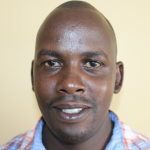Mwilima Spring is found in Malava County, just a few kilometers from Kasere Forest, making the environment very cool, especially early in the morning and late in the afternoon. The area is part of the Kakamega Rainforest, making it green and beautiful, with gently sloping hills offering unique serenity.
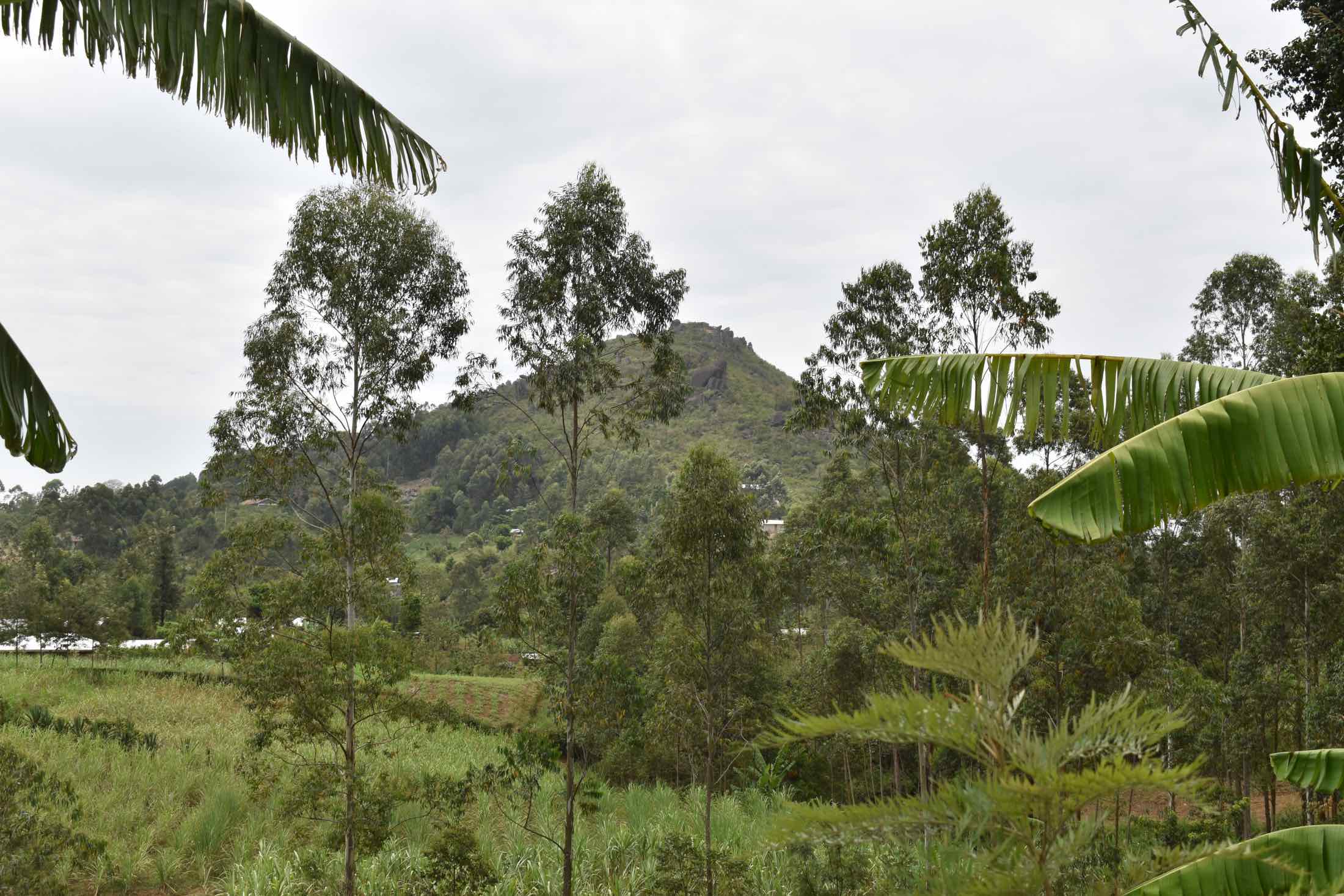
This community relies most on farming for their livelihoods. The surrounding fields contain black cotton soil, which favors the growth of sugar cane and other crops like groundnuts, beans, sweet potatoes, cassava, and maize. Other community members have small businesses like selling goods to fend for their family's needs and wants.
The water crisis is a major challenge to this community of 150 because it makes the sole water point very congested. Overcrowding at the water point makes every person adjust their daily schedule. They have to wake up by 6 in the morning to go and collect water before the line becomes too long.
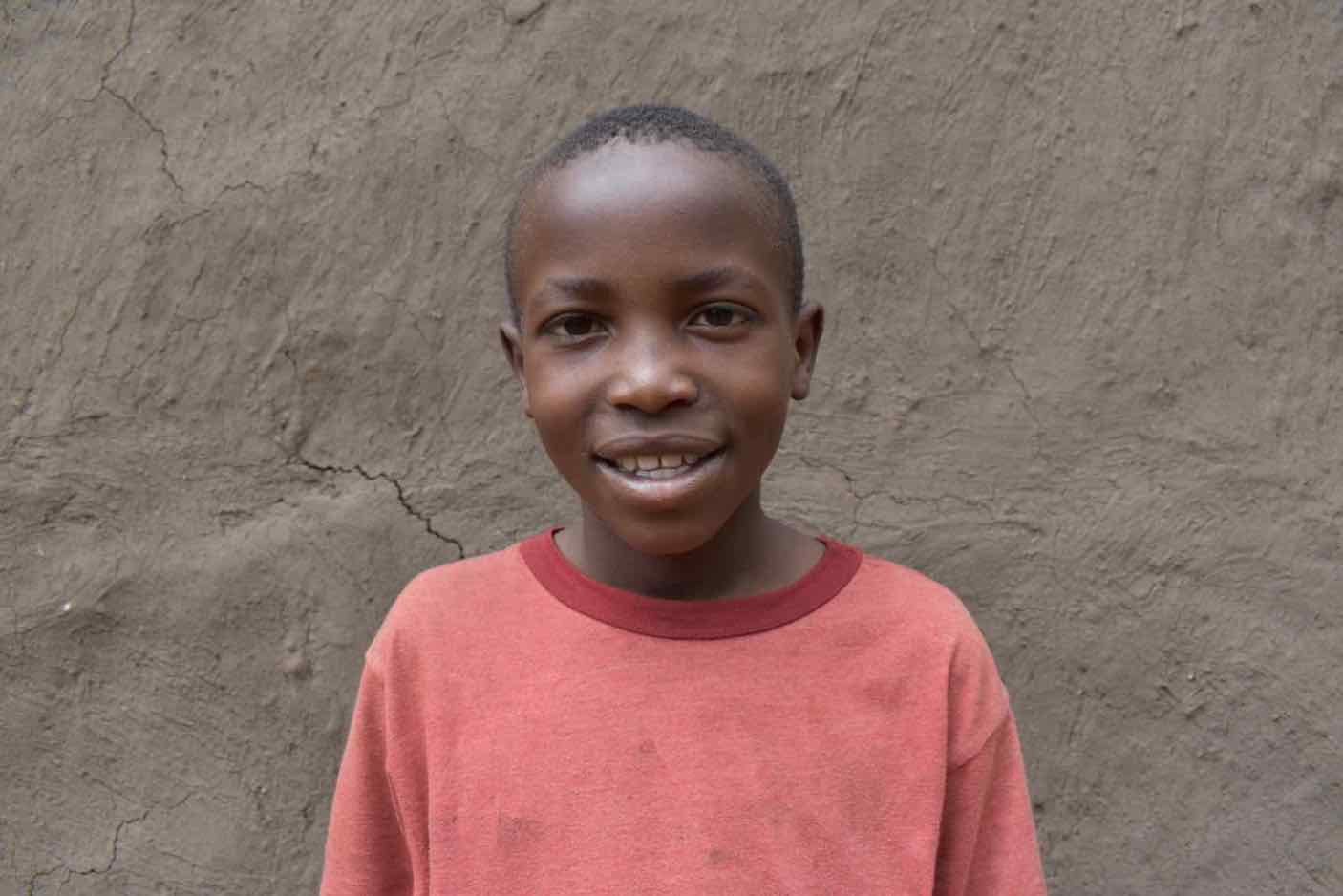
"The water source is open, and every time you come to collect water, you find water dirty. The next person coming for it might mistake you for dirtying it, and they may punish you without you committing any mistake," said Ashivenda H., age 9.
The water point is open to contamination because it is not enclosed, and foreign substances from people, animals, dirty containers, and nearby run-off enter the water and make it unsafe. Community members have improvised with a plastic pipe to make it easier to collect water, but they do not have the resources for spring protection construction.
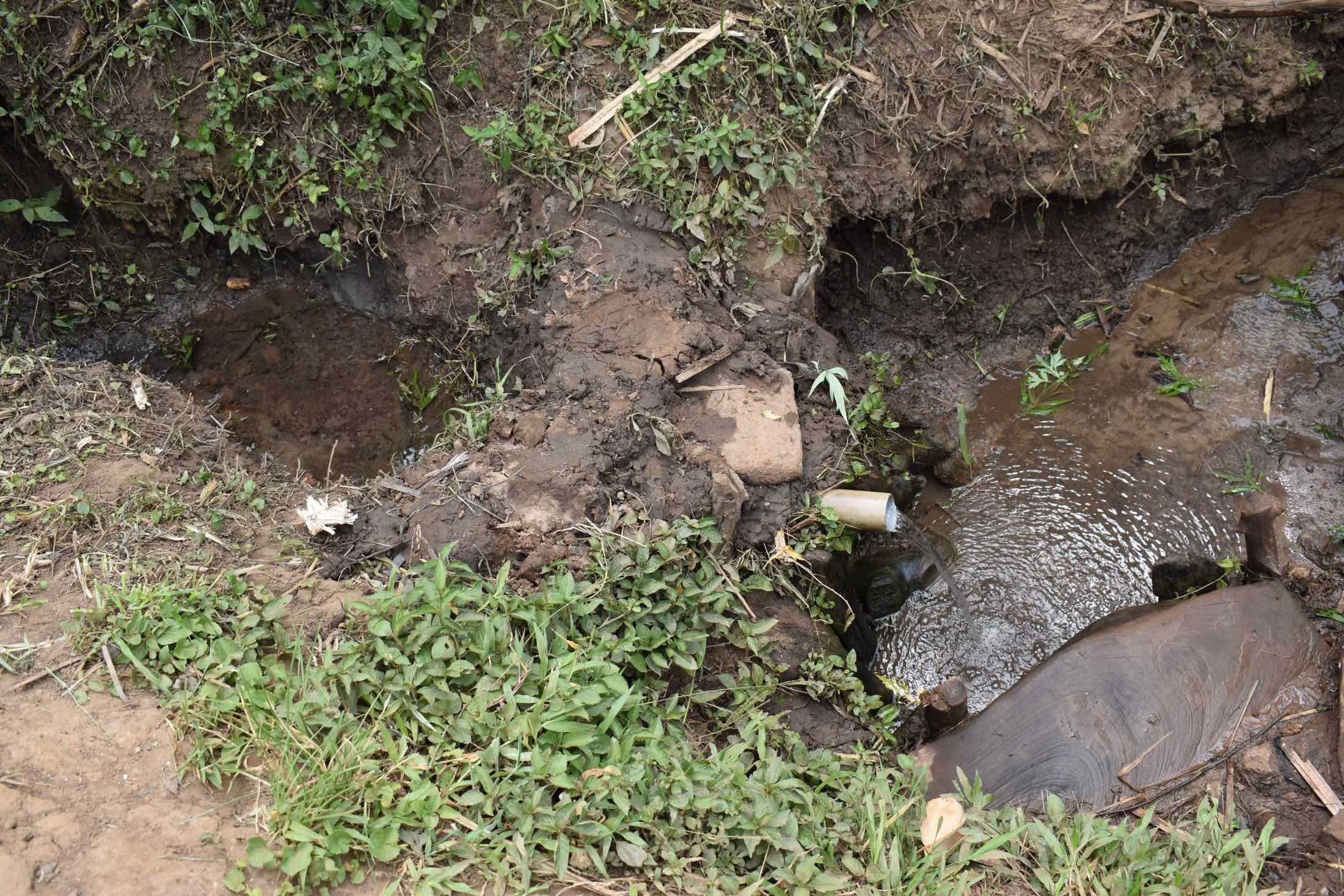
Waterborne and water-related diseases are common, especially during the rainy season or a dry spell. The number of users and contamination increases because more people use the spring due to their shallow wells drying up.
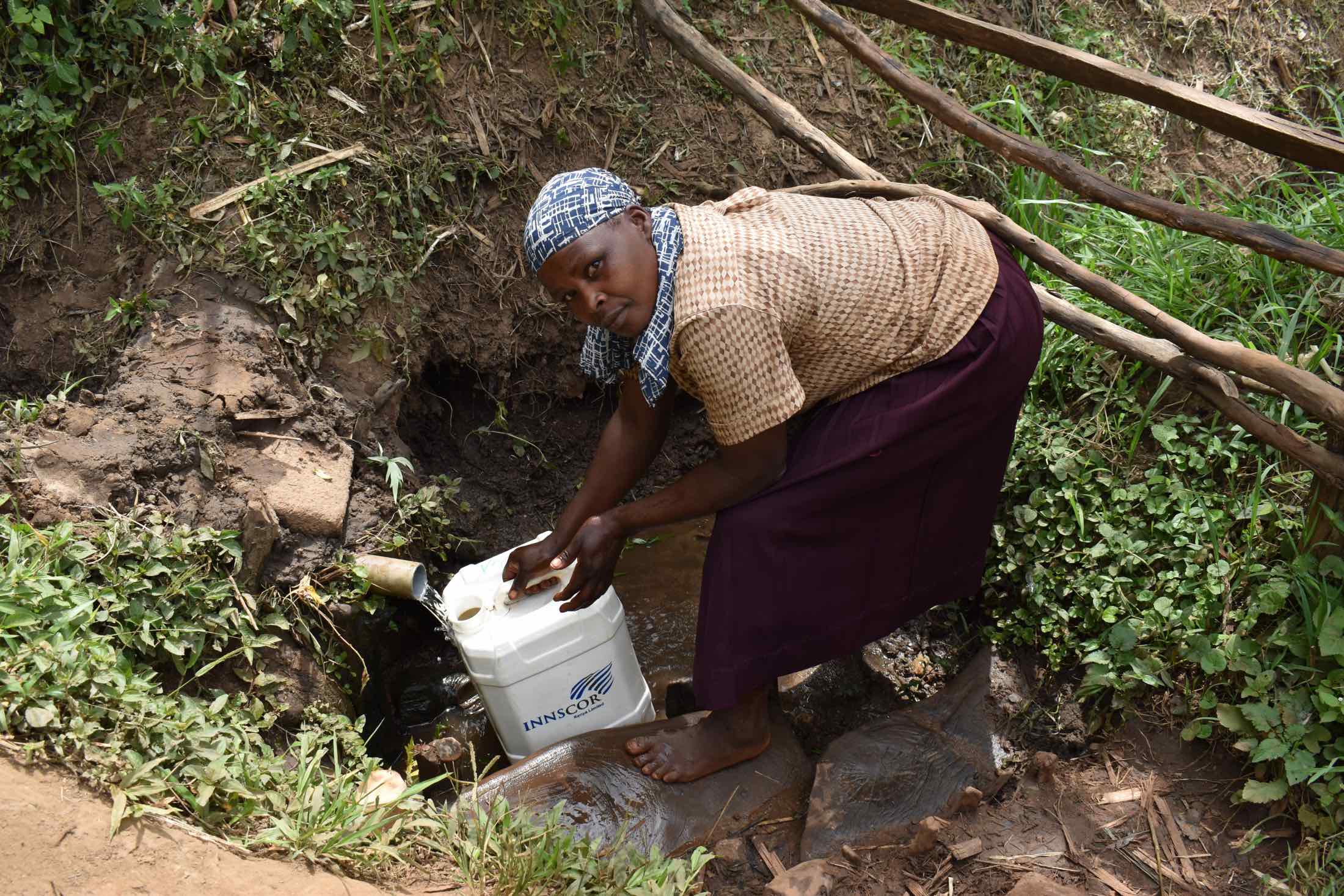
"Currently, due to the dry spell we are experiencing, a lot of the community members are coming for water in this water source because their wells have dried up. This poses a challenge of long queues in the morning and also in the evening, as at those times, the pupils are out of the school, and community members are free from their routine work," shared Elina Mulama, a 48-year-old female farmer.
What We Can Do:
Spring Protection
Protecting the spring will help provide access to cleaner and safer water and reduce the time people have to spend to fetch it. Construction will keep surface runoff and other contaminants out of the water. With the community’s high involvement in the process, there should be a good sense of responsibility and ownership for the new clean water source.
Fetching water is a task predominantly carried out by women and young girls. Protecting the spring and offering training and support will, therefore, help empower the female members of the community by freeing up more of their time and energy to engage and invest in income-generating activities and their education.
Training on Health, Hygiene, COVID-19, and More
To hold trainings during the pandemic, we work closely with both community leaders and the local government to approve small groups to attend training. We ask community leaders to invite a select yet representative group of people to attend training who will then act as ambassadors to the rest of the community to share what they learn. We also communicate our expectations of physical distancing and wearing masks for all who choose to attend.
The training will focus on improved hygiene, health, and sanitation habits in this community. We will also have a dedicated session on COVID-19 symptoms, transmission routes, and prevention best practices.
With the community’s input, we will identify key leverage points where they can alter their practices at the personal, household, and community levels to affect change. This training will help to ensure participants have the knowledge they need about healthy practices and their importance to make the most of their water point as soon as water is flowing.
Our team of facilitators will use a variety of methods to train community members. Some of these methods include participatory hygiene and sanitation transformation, asset-based community development, group discussions, handouts, and demonstrations at the spring.
One of the most important issues we plan to cover is the handling, storage, and treatment of water. Having a clean water source will be extremely helpful, but it is useless if water gets contaminated by the time it is consumed. We and the community strongly believe that all of these components will work together to improve living standards here, which will help to unlock the potential for these community members to live better, healthier lives.
We will then conduct a small series of follow-up trainings before transitioning to our regularly scheduled support visits throughout the year.
Training will result in the formation of a water user committee, elected by their peers, that will oversee the operations and maintenance of the spring. The committee will enforce proper behavior around the spring and delegate tasks that will help preserve the site, such as building a fence and digging proper drainage channels. The fence will keep out destructive animals and unwanted waste, and the drainage will keep the area’s mosquito population at a minimum.

 Protected Spring
Protected Spring
 Rehabilitation Project
Rehabilitation Project











